Tales of misadventure from a week in the Amazon rainforest in Ecuador
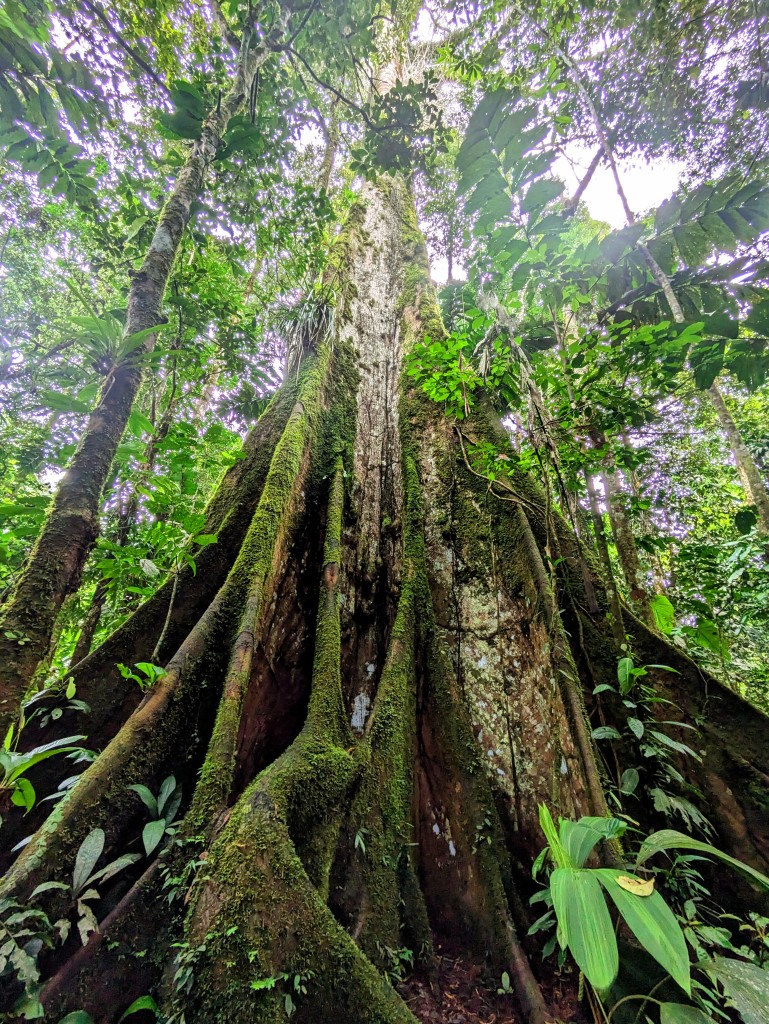
A classic travel bucket list would not be complete without a visit to the Amazon Rainforest. We’ve all heard about it – deep, dark, mysterious trees, packed with swamps, quicksand, jungle vines, and all sorts of crazy (and probably poisonous) creatures. When Chris and I booked our trip to Ecuador this past summer, we eagerly began researching Amazon tours, because of course that would be the highlight of the trip! Our chance to come face-to-face with colourful insects, shy jungle cats, and exuberant monkeys would be thrilling – simply the trip of a lifetime. We were soon to learn the hard way the power of nature in this wild, wet land.
We began our trip in Quito, the capital of Ecuador (located – you guessed it – right on the equator). After taking a few days to explore the historic city, we booked a bus to carry us east, to Tena. Tena is a small town right on the edge of the Amazon rainforest, and as such, is a great hub for those who want to explore the jungle. While not deep in the heart of the rainforest as some other towns are, Tena presents a great option to explore the Amazon on a backpacker budget (because those all-inclusive deep-Amazon lodges are insanely expensive!). For our mid-range budget, Tena certainly fit the bill. The town itself sees significantly less tourist traffic than some of the other places we visited in Ecuador (namely Banos and Mindo), so we were treated to a slightly quieter, more Ecuadorian experience.
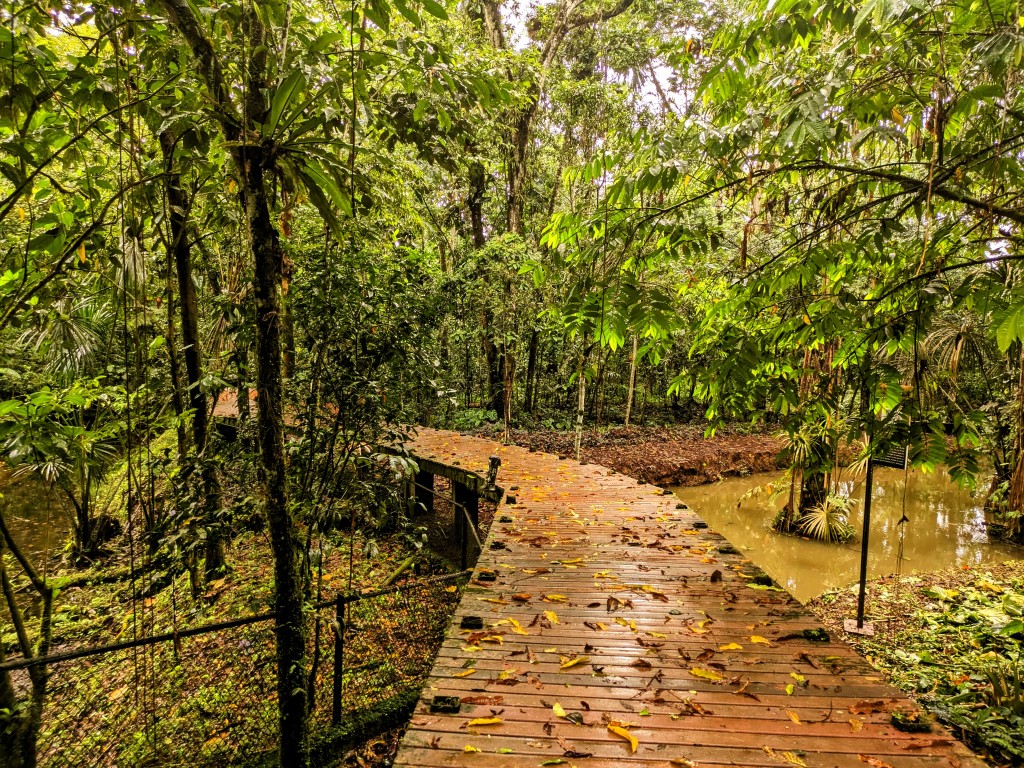
Our first experience with the flora and fauna of this place was a surprise. Out exploring the town, we had crossed a bridge over the Tena river and discovered a small nature preserve. At the bottom, we found a friendly local guide to give us a tour. With Chris translating (the guide only spoke Spanish), we crossed swampy bogs teeming with leafy green plants, encountered bizarre flowers, fed a friendly tapir a banana, and gave some snacks to a group of curious little monkeys. Additionally, we got the chance to cross off something we didn’t even know was on our bucket lists: swinging from a suspended jungle vine, which I actually didn’t know was a real thing.
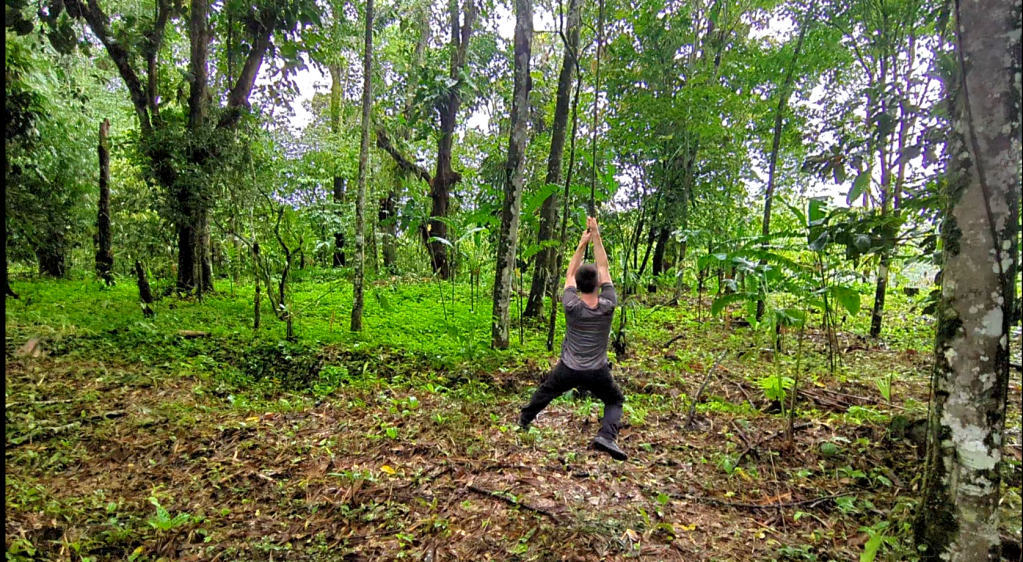
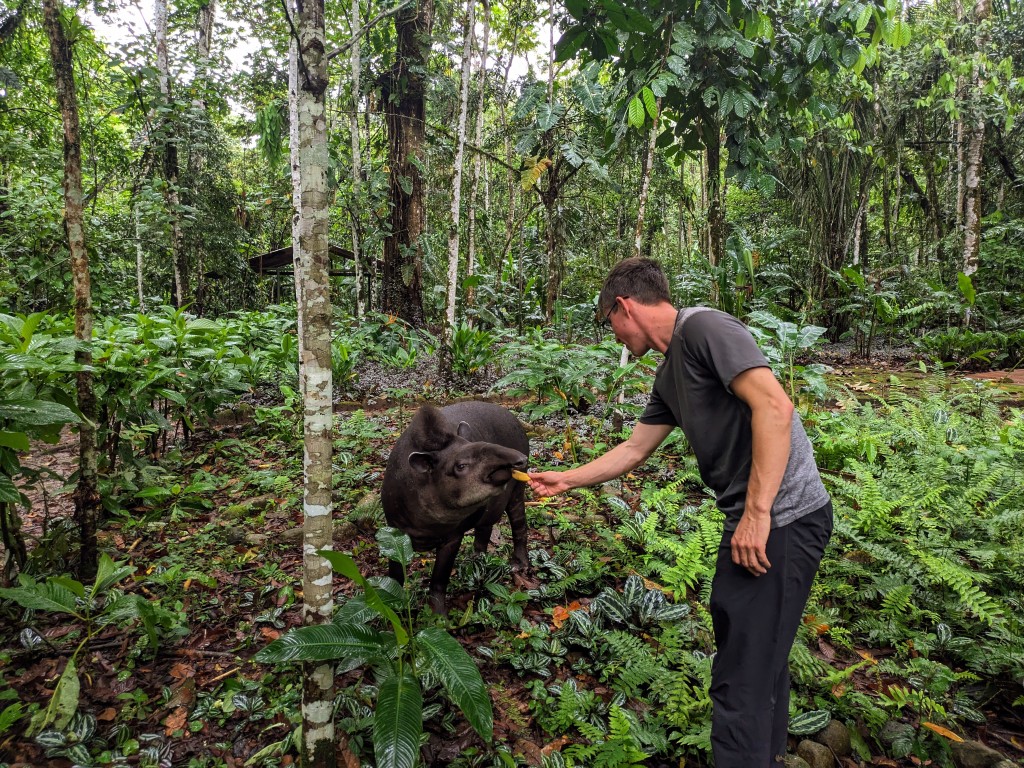
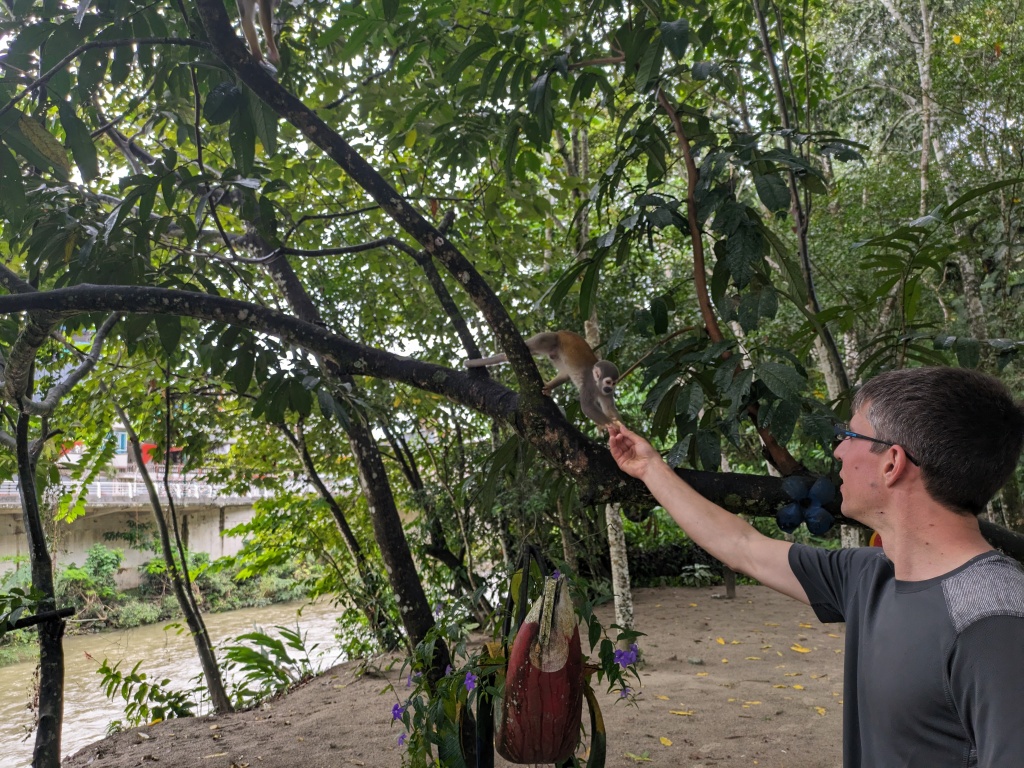
After our experience in the jungle park, we were eager for the real deal. We booked a four-day Amazon rainforest tour, departing from Tena. Our first day started with a jam-packed schedule. Taking a motorized canoe up the Napo river, we went on our first jungle walk, went tubing in the cold water alongside the boat, visited an animal rescue and rehabilitation centre (Amazoonica), used a blowdart, enjoyed a traditional lunch of fire-cooked tilapia with the Kichwa people, and made our own chocolate. By the time we reached our accomodations for the trip, a water-access-only lodge with a stunning view on the edge of the river, we were exhausted. Our first day was fascinating and beautiful – everything we hoped the jungle would be. It wasn’t until the second night – on our night walk – that things started getting crazy.
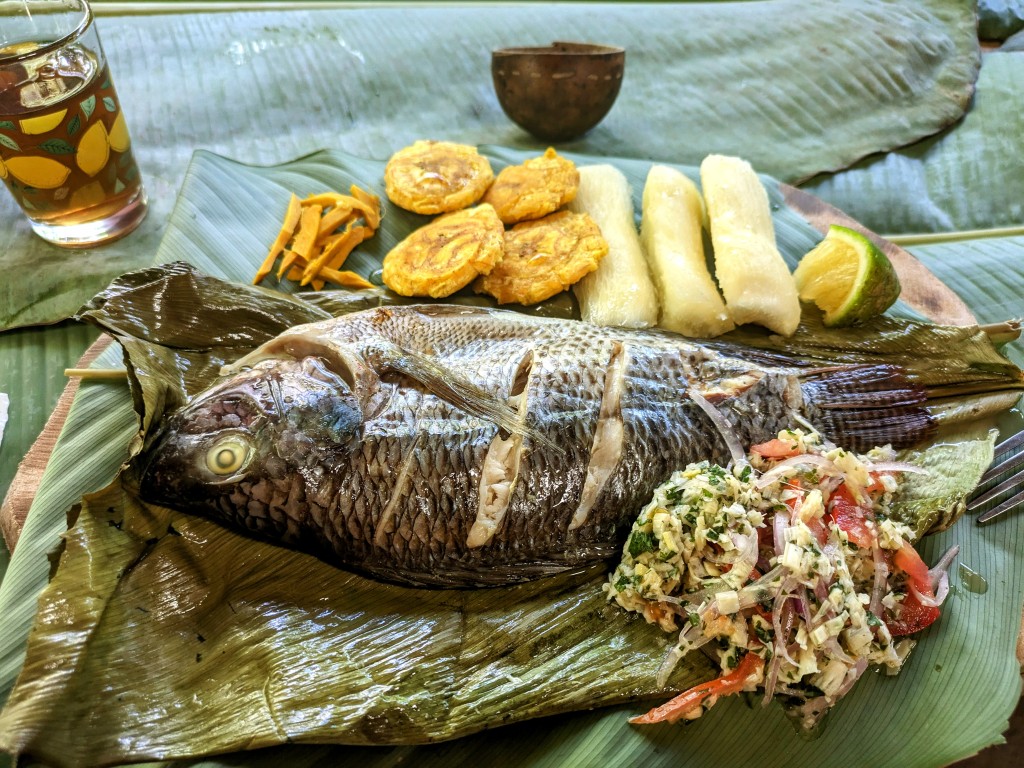
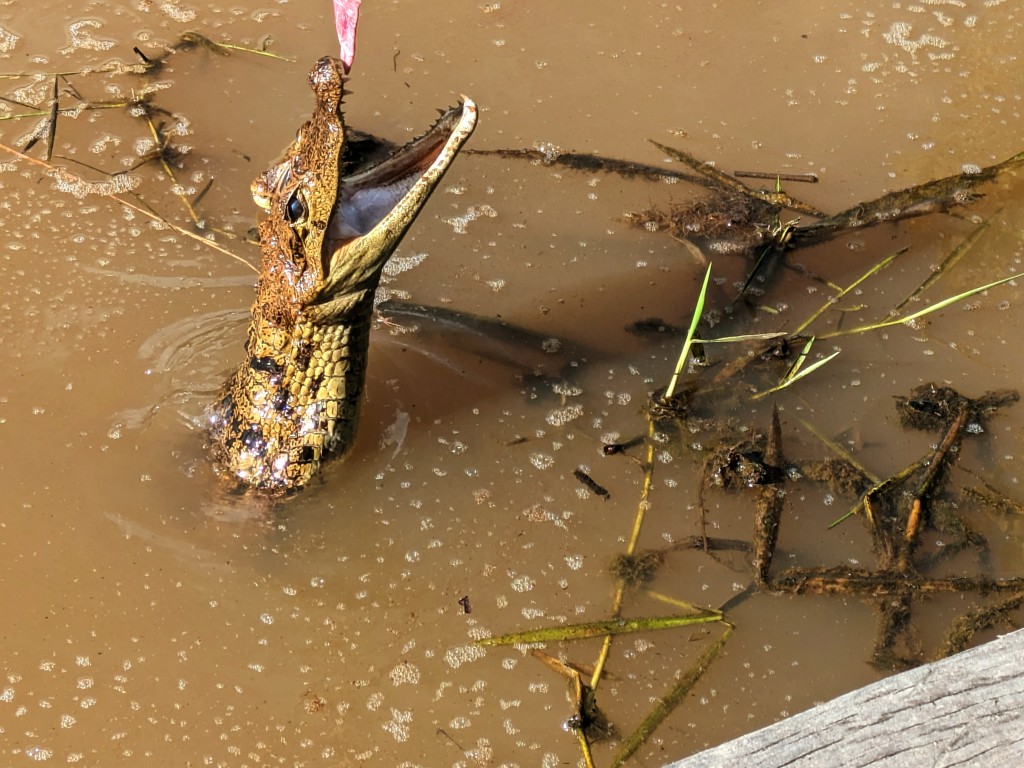
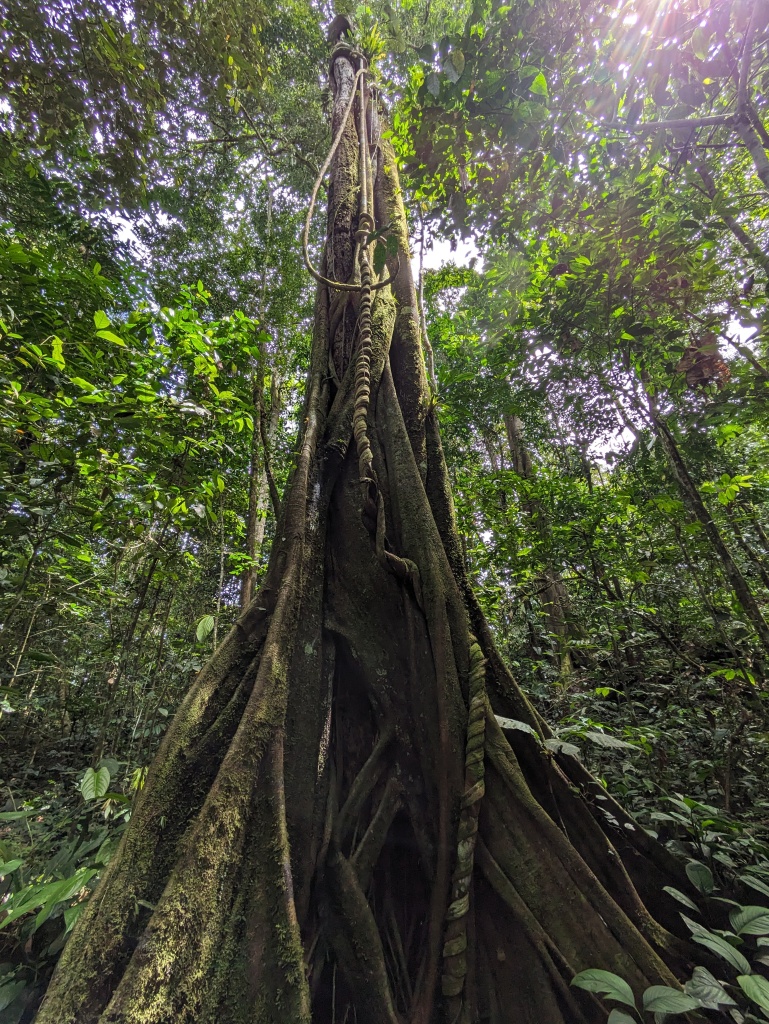
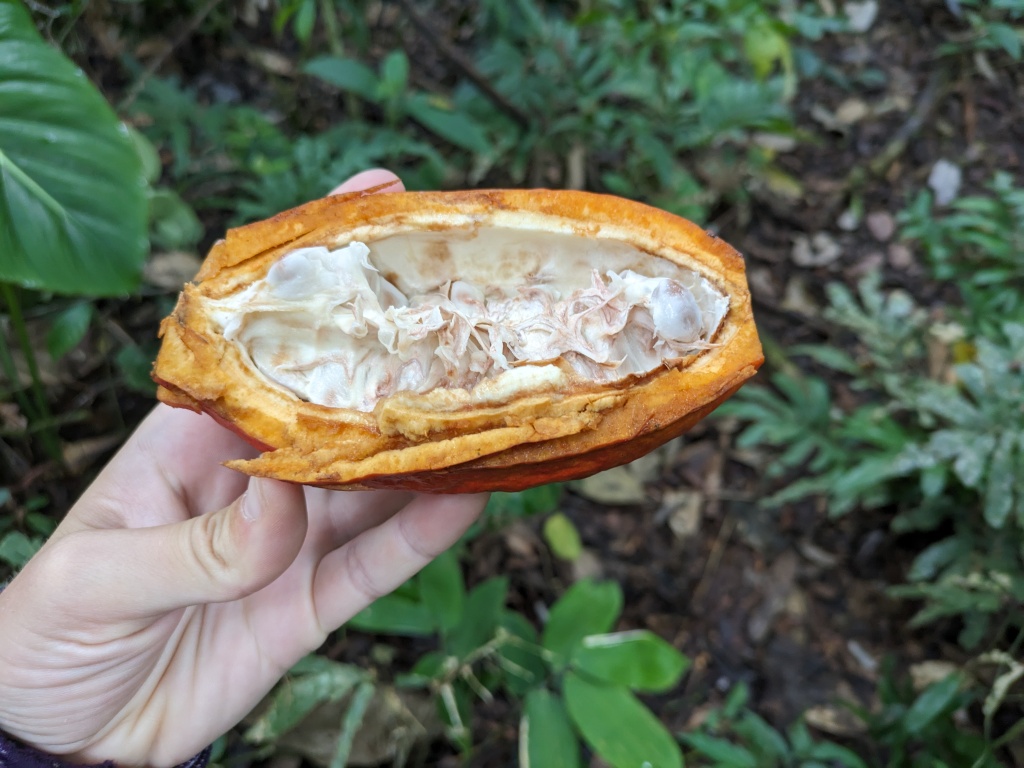
We met with our guide on the deck of the lodge after dinner. As Ecuador is right on the equator, the sun rises and sets at the same time every single day of the year. By 7pm, it’s already dark. We wore huge plastic gum boots to contend with the mud, and headlamps to light our way on the narrow trail. As we left the lodge and began to walk however, the night was not only alive with the typical night sounds – a cacophony of squeaks and cricks – but also a massive whooshing sound and the occasional boom of thunder. The wind was high in the tops of the trees above us, and thunder very close, but there was no rain. This dry storm was very atmospheric to say the least, and coupled with the night walk, felt a little like a spooky Halloween night.
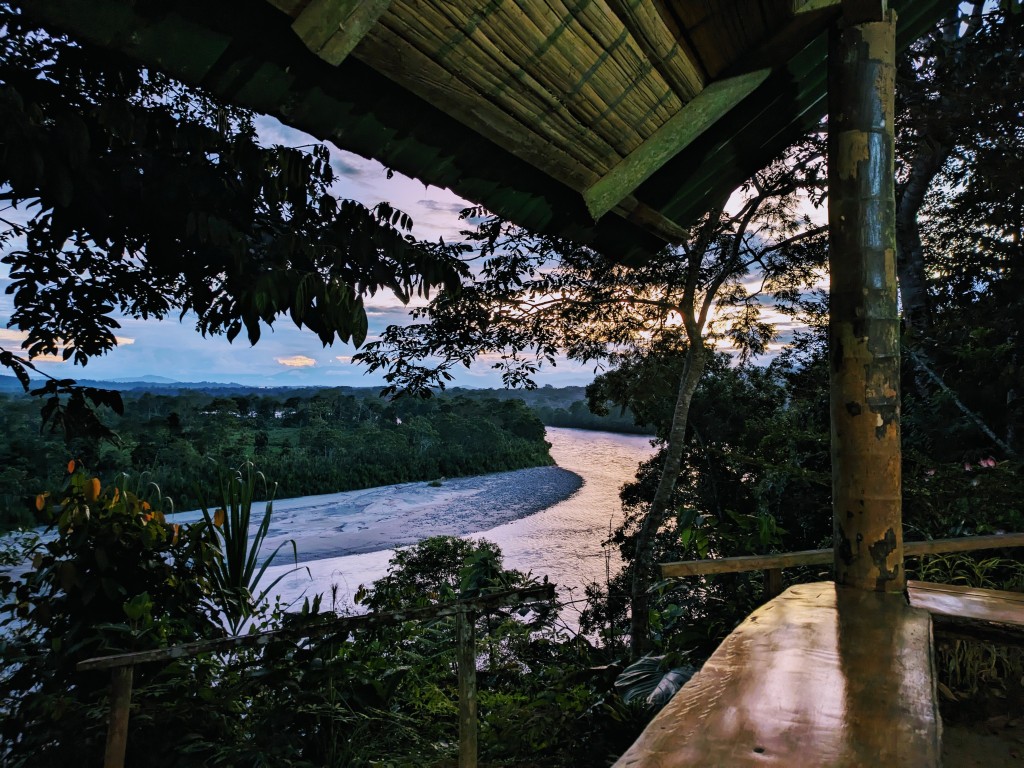
We spent nearly 20 minutes scouring leaves, logs, and branches with our headlamps for any signs of movement. Many leaves glittered as the beams of light struck them. We realized that hundreds of tiny spiders and other insects were strangely reflective, glittering almost metallically under the light. We saw numerous nocturnal insects, as well as some mice. Some species, our guide advised us carefully, were poisonous. We had yet to see any of the more large and famous creatures though. What we had learned about the Amazon so far was that many of the most interesting creatures were nocturnal: ocelots (like mini leopards), anacondas… It was hard to not image dozens of eyes on us as we walked. We quickly learned to ignore rustling sounds amongst the branches though. The creatures of the jungle were too savvy to make noise as they hunted. Rustling only indicated leaves and branches falling from the leafy ceiling above.
We walked deeper into the jungle in our glittering dome of insects and light. Pulling up next to Chris, he mentioned like he felt like something had fallen in his shirt, against his back. I moved ahead to what appeared to be a clearing, studying some short trees for rodents. The wooshing of the dry storm above us was cut all of a sudden with an exclamation from our guide: “Run!”.
Run?! What deadly, poisonous, sharp-clawed, and silent monster had arisen, that caused our guide to abandon the tour, turn around, and streak back up the path? My heart pounded as I leapt after him and Chris. “Turn off your light!” He cried again, “Run, run!”. Were we about to see (or rather, hear) an ocelot in action as we pounded through the dark? A nest of snakes? An anaconda? No, none of that, I soon found out. We regrouped a few hundred meters away, turning our lights back on. We had done nothing more sinister than wander into a wasp nest. Angry Amazonian wasps, to be sure, but banal enough that we shared a good laugh. Both Chris and our guide suffered many stings, but I walked away unscathed (unless you count the downpour of rain that finally opened up on us as we made our way back to the lodge).
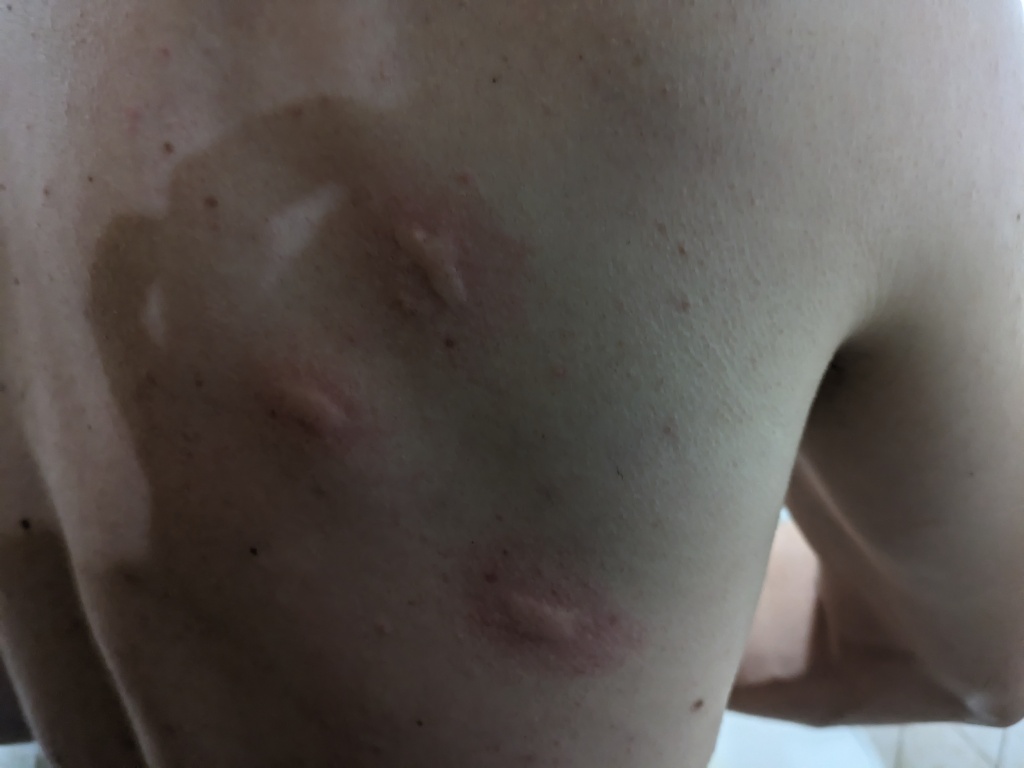
The remaining days of our tour proceeded smoothly with more interesting cultural activities. We learned about indigenous crafts, food, traditional medicine, and even panned for gold on the banks of the river. Our final day soon arrived. As we packed up our room at the lodge, preparing for our last jungle trek and park visit that morning, I felt sick to my stomach. So far, I’d been cautious enough about what I ate and drank in Ecuador, but getting sick in a developing country can sometimes be unavoidable. I threw back some medicine and pondered everything I put in my mouth for the last week, but of course, I’d never know. We still had some tour activities scheduled for the day, and I was determined to get through them.
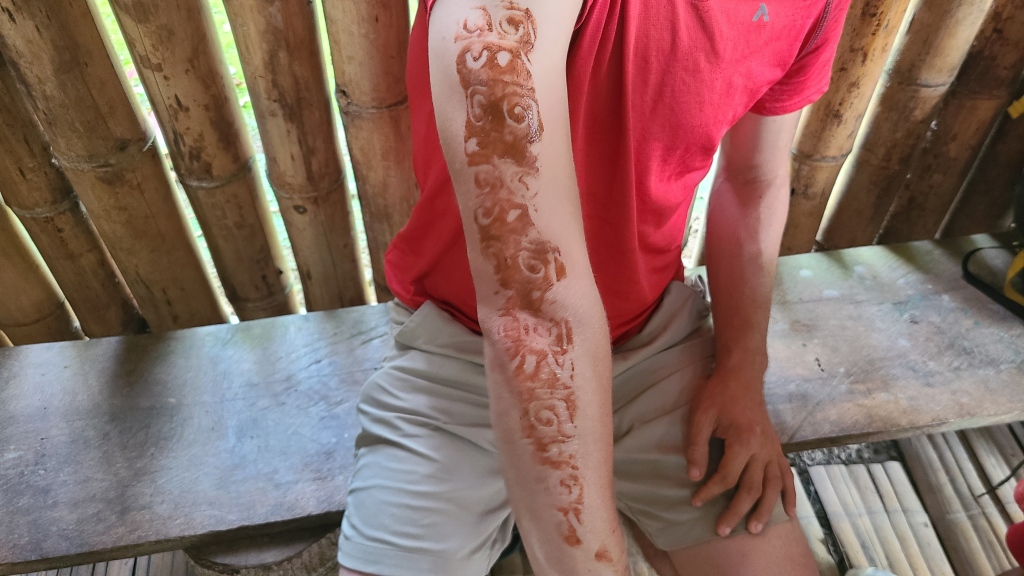
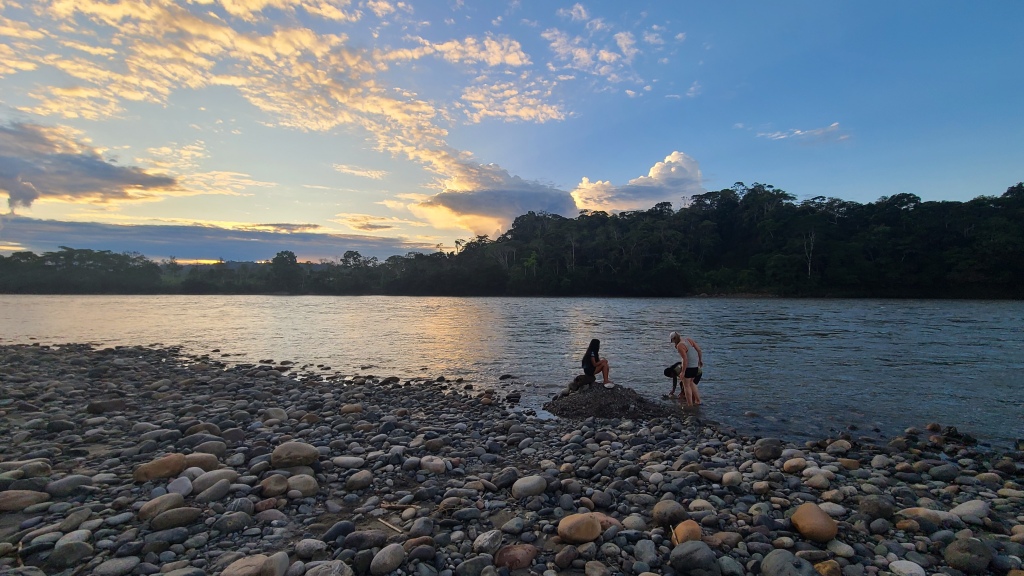
Boating back down the river with my stomach rolling was a little rough, but no worse than driving in a car, I supposed. A ride in the bed of a pickup truck on a gravel road to reach our next destination, Laguna Paikawe reserve park, was downright unpleasant however. When we reached the park, our next mode of transport proved to be a canoe. This is slower and gentler than a truck, I had to remind my poor stomach as it protested. While trying not to throw up over the side of the boat, we did see some truly incredible creatures in the reserve: the ancient arapaima fish, around 2 meters long and incredibly friendly; beautiful plumed Hoatzin birds that appeared almost pre-historic; and a pack of tiny spider monkeys in the trees, eagerly picking tiny finger bananas. But when we parked the canoe at the lakeshore and got out for another jungle trek, I finally had to speak up. I had tolerated the boat ride, but there was no way I’d survive a long walk without emptying the contents of my stomach all over the forest floor.
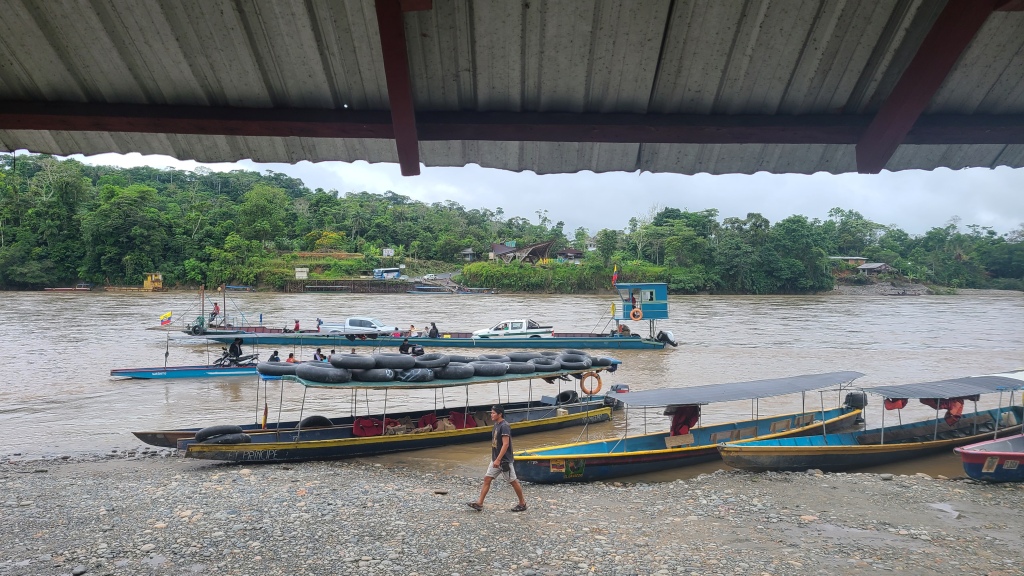
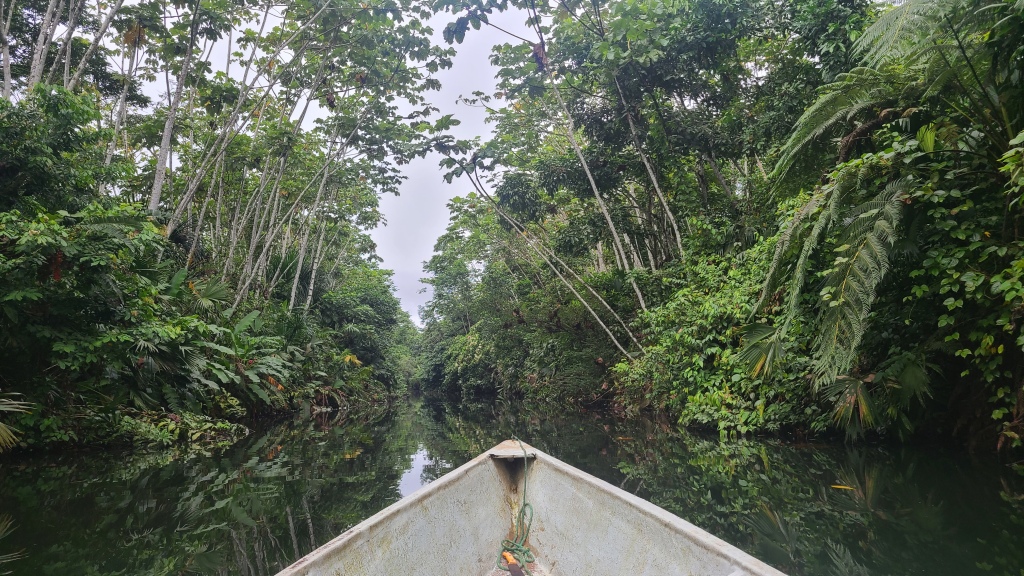
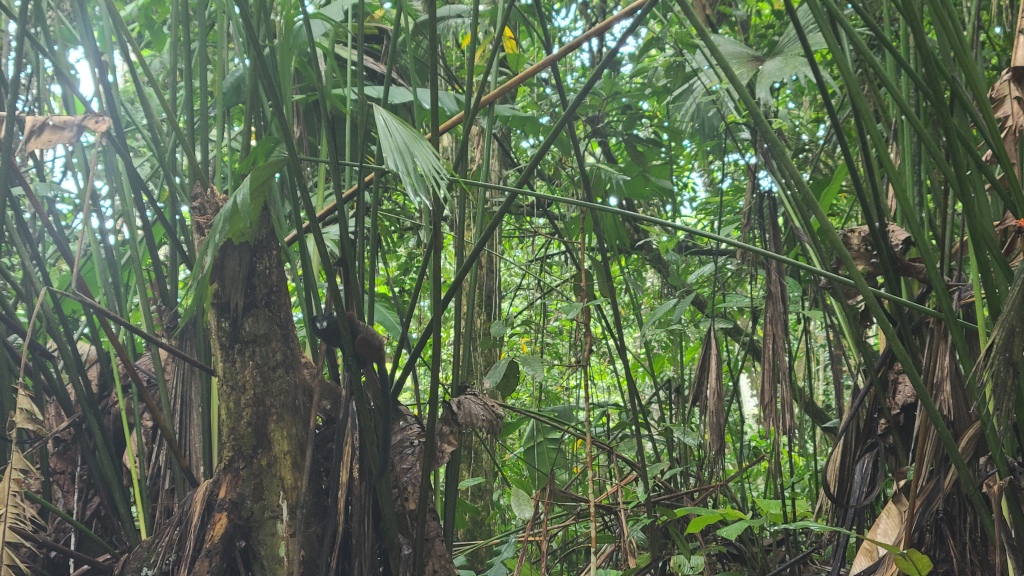
We hopped back in the canoe and headed back to the park entrance. Across the street, our guide brought us to sit down in the house of some friends of his while he called his company to arrange a taxi to take us back to Tena early. Our guide’s friends, an older couple, spoke only Spanish and Kichwa, but were very kind to me. As Chris haltingly engaged in conversation with them (his Spanish is rusty, but decent!), my stomach decided it had enough. Bolting around the corner, I fell to my knees and threw up in their flowerbed.
As we waited for our taxi, our Ecuadorian hosts took very good care of me in their traditional manner. They brewed me a hot drink, surprisingly similar to a natural remedy for an upset stomach we might take in Canada. It was packed with ginger and oil of oregano. It tasted horrible, but I shot it back, hoping it would help. Next, the treatment got much more unusual. To cleanse me of the ‘bad spirits’ that had taken up residence in my body, one of our hosts began to rub my face with an egg. Like a raw egg, still in its shell. My head was pounding, and I guess it was sort of like a weird face massage, so I didn’t protest. Afterwards, this woman promptly cracked the egg into a glass. Our two hosts and guide all huddled around the glass, studying the yolk and nodding affirmatively. “Ah yes,” our guide told me. “There is a dark spec in the yolk. That is the bad spirit that has been drawn out of you. No wonder you were sick.” Go figure. The next part of the treatment was up to Chris, they told him as they put the glass with my contaminated egg into his hands. He was instructed to go next door to the fancy hotel – I had used their washroom to clean up after vomiting earlier. Once there, he was to flush the egg down the same toilet I had used. In this way, the bad spirits making me sick would be vanquished. Chris set off on his adventure, returning soon with an empty glass. He told me later that, as he walked down the side of the road, holding a glass with a raw egg in it, he pondered how ridiculous he would look strolling through the fancy hotel. He then realized, as if he had forgotten, that he didn’t subscribe to any of these superstitious beliefs after all, and promptly tossed the egg into the bushes. He waited outside a reasonable amount of time, then rejoined us at the house.
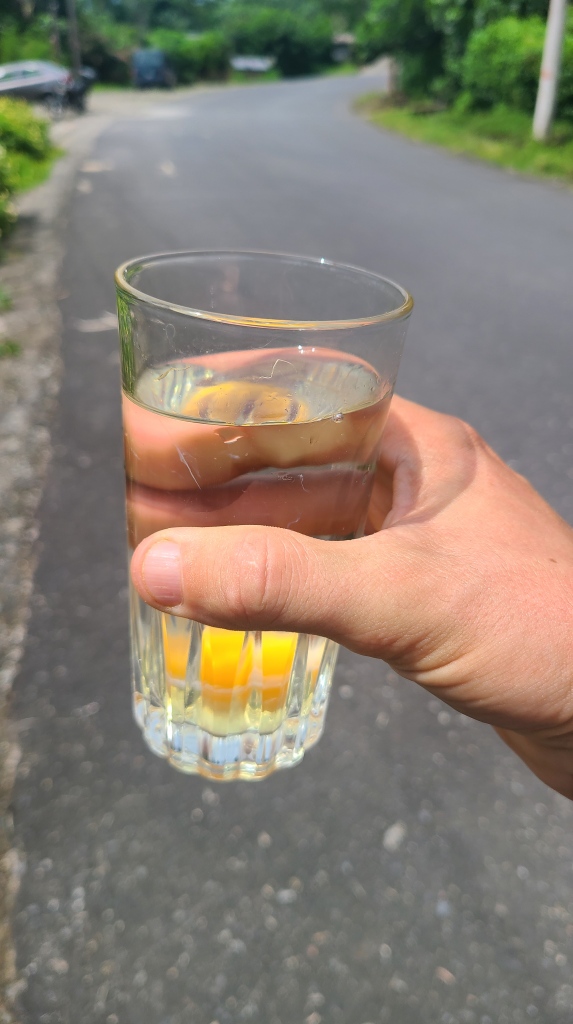
Meanwhile, the next stage of my treatment had began. My face was ‘fanned’ and brushed with large palm leaves for 10 minutes, again, to ward off the spirits. While I had tolerated the egg, being beaten with leaves while you’re feeling nauseous is incredibly unpleasant. I didn’t say a word however, out of respect not only for their beliefs, but for the kindness they had shown me. While I’m a downright skeptical person, I did very much appreciate their care, and was appreciative of the cultural experience I had unwittingly stumbled into. Not to mention that it was sort of hilarious, one of those ridiculous, unplanned stories that make travel so great.
Our taxi arrived soon after to take us back to Tena. I’m relieved to say that I made it the entire way back without incident, and was able to crawl into bed and stay there for the next two days. My stomach recovered quickly (although it probably would have been quicker if Chris had actually disposed of my spirit egg properly), and we were able to finish our stay in Tena with some white water rafting.
I’d like to say I didn’t get sick again in Ecuador (but I did – a week of salmonella in Banos), or that we weren’t attacked by insects again (but we were – hundreds of bleeding noseum bites on my legs at a chocolate farm in Mindo), but all in all, our experience in the Amazon and in Ecuador overall was unforgettable.
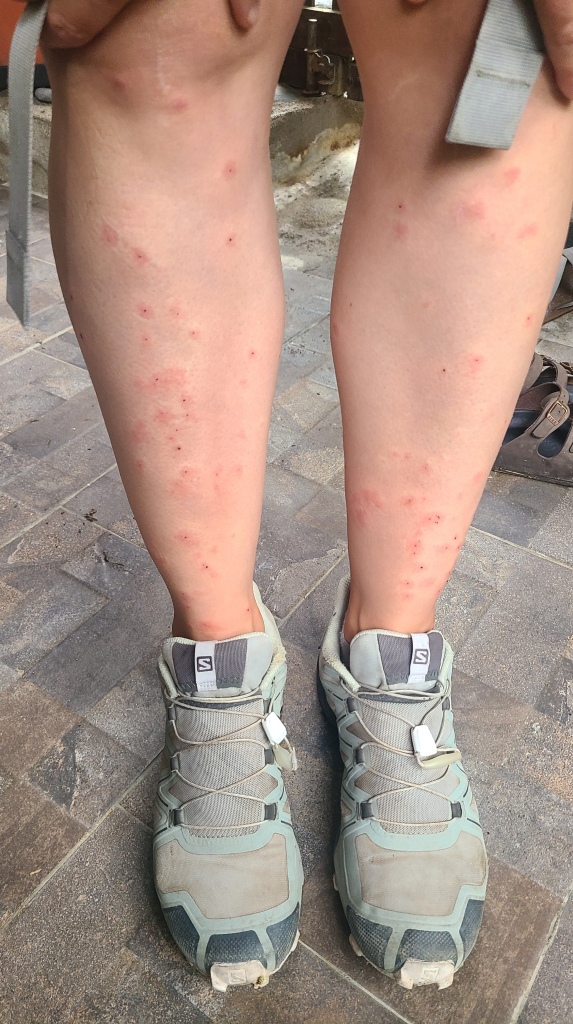
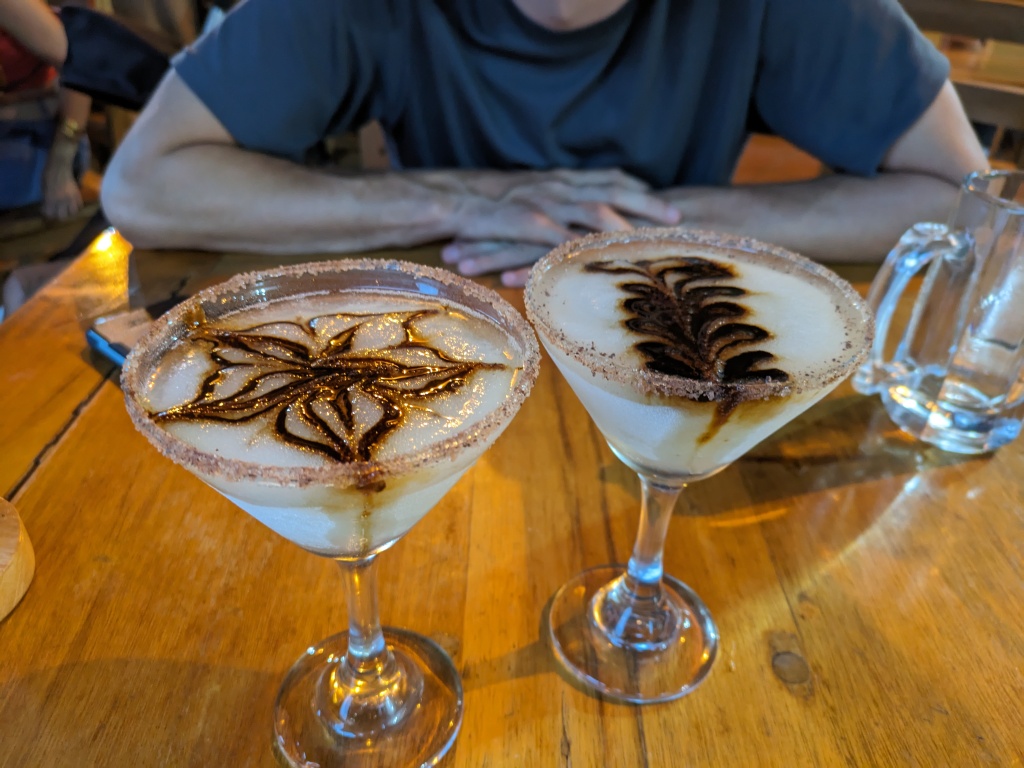

Amazing!
Sent from my iPhone
<
div dir=”ltr”>
<
blockquote type=”cite”>
LikeLike
Amazing story and photos, well done.
LikeLike